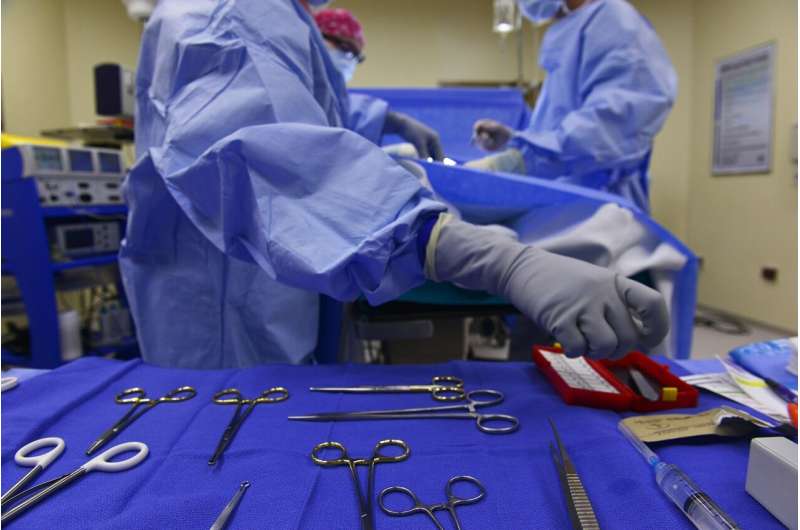Benefits of Shortened Dual Antiplatelet Therapy After Coronary Bypass Surgery

A new study reveals that a shorter, three-month dual antiplatelet therapy regimen after coronary bypass surgery maintains graft health while reducing bleeding risks, offering a promising strategy for patient safety.
Recent research presented at ESC Congress 2025 highlights that a de-escalated approach to dual antiplatelet therapy (DAPT) after coronary artery bypass grafting (CABG) can provide significant advantages. The study compared a shorter DAPT regimen—three months of ticagrelor plus aspirin followed by aspirin alone—to the traditional 12-month DAPT, which combines ticagrelor and aspirin throughout. The findings showed that the de-escalated strategy maintained similar graft patency rates, with occlusion observed in approximately 11% of grafts in both groups. Importantly, patients on the shorter DAPT protocol experienced a notably reduced incidence of bleeding complications, 8.26% compared to 13.19% in the standard DAPT group.
Saphenous vein graft failure remains a concern post-CABG, with high failure rates reported within the first year. While longer DAPT has been linked to improved graft durability, it also increases bleeding risks. The TOP-CABG trial, a large, randomized, double-blind study involving over 2,200 patients across China, demonstrated that limiting DAPT to three months followed by aspirin alone offers a balanced benefit—preserving graft patency while minimizing bleeding hazards.
The trial's primary outcomes confirmed non-inferiority regarding graft occlusion rates, and safety profiles favored the de-escalated DAPT strategy. These results suggest that a shorter course of DAPT could become a new standard to optimize outcomes in post-CABG management, aligning with strategies used in percutaneous coronary interventions. As research advances, clinicians may adopt this approach to improve patient safety and long-term graft success.
Stay Updated with Mia's Feed
Get the latest health & wellness insights delivered straight to your inbox.
Related Articles
Decline in Credit Scores Following Cancer Diagnosis Tied to Higher Mortality Risks
A recent study reveals that cancer patients experiencing a decline in their credit scores face a higher risk of mortality, emphasizing the critical connection between financial health and survival outcomes.
Electrical Stimulation Enables Paralyzed Rats to Regain Movement After Spinal Injury
A groundbreaking bioelectric implant developed by international researchers shows promise in restoring movement in rats with spinal cord injuries, opening new avenues for human treatments through targeted electrical stimulation.
Strategies to Shorten Waiting Periods for Hip and Knee Replacement Surgeries
New research highlights effective care models such as regional team-based approaches and centralized referral systems to reduce long wait times for hip and knee replacements in Canada, enhancing patient outcomes and healthcare equity.
Breakthrough in Cell Death Research Paves Way for Innovative Treatments for Neurodegenerative Diseases
A groundbreaking study uncovers a small molecule that inhibits a key protein involved in neuronal cell death, offering new hope for treatments of neurodegenerative diseases like Parkinson's and Alzheimer's.



